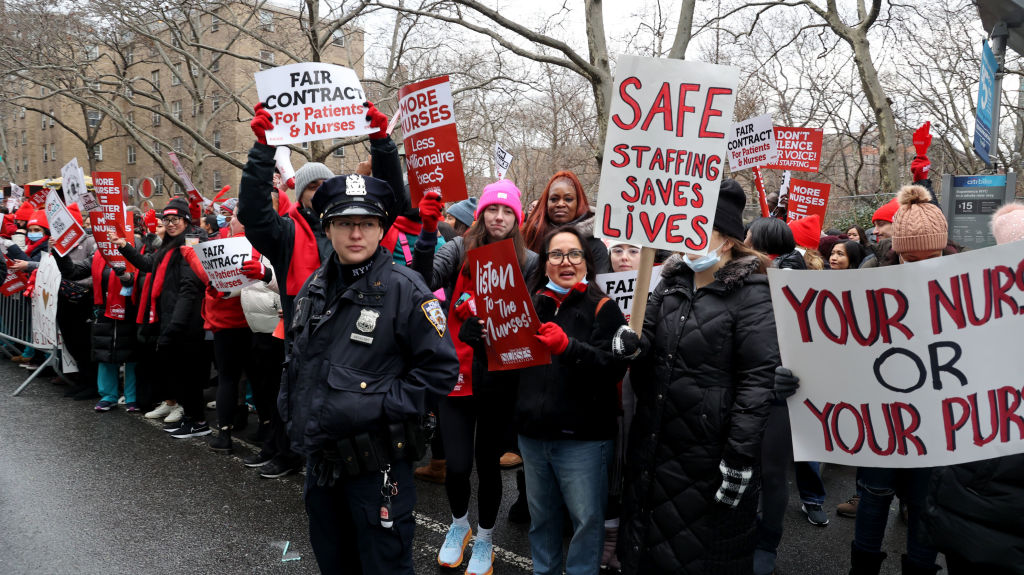DEMAND FOR ANATOMIC PATHOLOGISTS WILL CONTINUE TO OUTSTRIP SUPPLY, challenging pathology practices that have a growing number of case referrals but not enough physicians to perform diagnostics work.
Consider these figures for full- and part-time pathologists as posted on the job board at PathologyOutlines.com:
- 2022 for Q1 though Q3 had 1,200 job postings, which looks for the full year to be pulling ahead of 2021 significantly.
- 2021 had 1,359 job postings, a 78.1% increase from 2020.
- 2020 had 763 job postings, a 9.7% decrease from 2018. Note the website did not compile totals for 2019.
- 2018 had 845 job postings, a 28% increase from 2017.
In reviewing the above statistics, it is conceivable that when PathologyOutlines.com releases its final 2022 figures, the amount of open pathologist jobs in the U.S. will have doubled within five years. The anatomic pathology industry is falling short of training enough pathologist to meet current demand, and there are no signs that this will improve in 2023.
What to Know
It is widely acknowledged that the ongoing retirement of Baby Boomer pathologists is a factor in the marketplace supply/demand equation. Not only does the retirement of these pathologists reduce the supply of professionals available to fill open positions, but these retirements are causing a shrinkage in the number of independent private practices.
In pathology groups of three to six physicians, the retirement of one or two of these pathologists—and the inability of the remaining partners to recruit replacements—often means that this independent private practice agrees to merge or sell itself to a larger regional pathology group.
This pattern of mergers and acquisitions involving pathology groups has been happening for years. A quick online search shows an active year in 2022 for pathology practice consolidation.
Actions to Take
During 2023, acquisition-minded pathology practices should have a favorable market in which to seek out new opportunities. Big pathology groups are likely to become bigger over the course of the year.
Meanwhile, any pathology group being squeezed by the lack of available talent will need to assess their recruitment options to offer a combination of salary and benefits that attract all candidates, with the addition of work/life balance and perhaps even social causes that can attract younger pathologists who are Millennials or older Generation Z members.
Additionally, technologies such as digital pathology and artificial intelligence may gain a greater foothold in 2023 if they can ease logjams with case reviews.
For example, if digital pathology adoption increases in the new year, it may enable pathologists to remotely view cases from regions with limited access to these professionals. (See Trend #3 above for more details.)
It should be expected that the current imbalance in supply-versus-demand for pathologists will be a powerful force in reshaping the profession.






